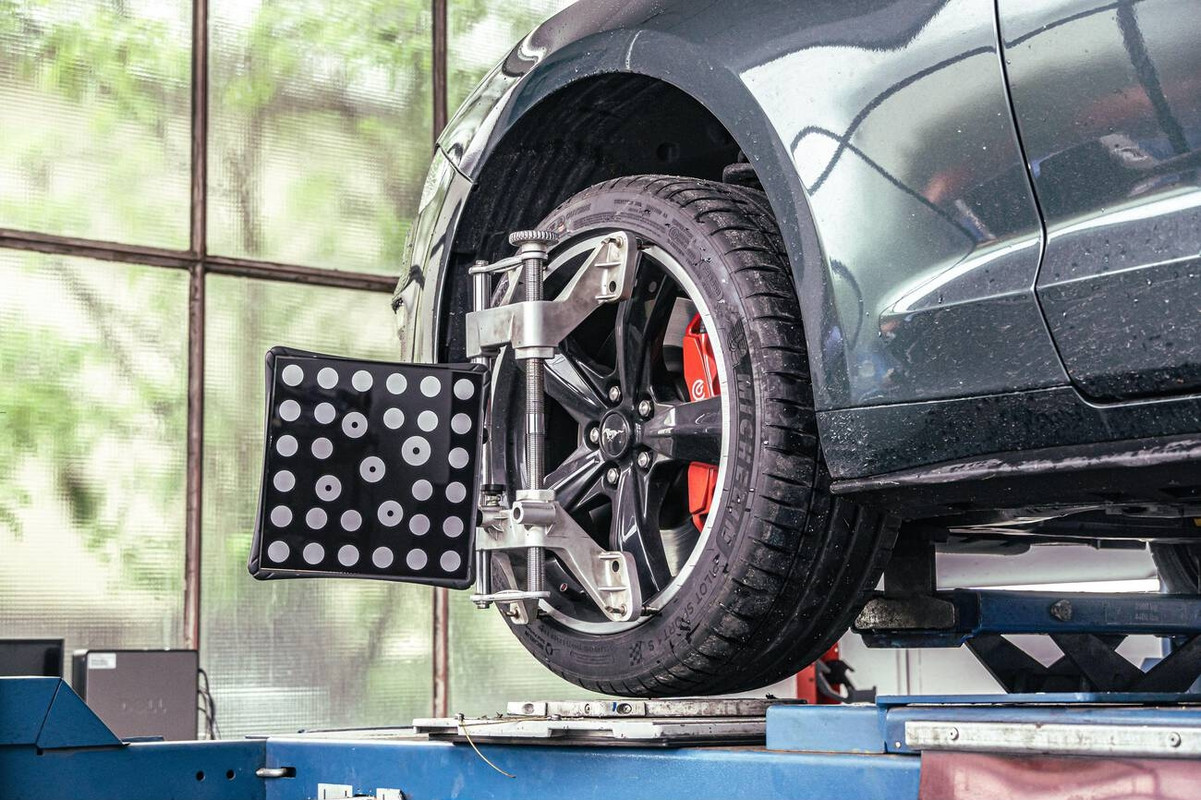Ever wondered what's happening when your car is hooked up to those mysterious diagnostic machines at your local mechanic? Have you questioned why the mechanic insists on running these diagnostics even when it seems like your car has a simple problem? Is there real value to these obscure black-box procedures beyond driving up the repair costs? Allow me to take you on a fascinating journey, from the basics of automotive diagnostics to the sophisticated technology currently transforming the professional auto repair industry.
Advanced diagnostics can feel like the dark arts of automotive repair: complex, somewhat secretive, and only accessible to those with the right equipment and in-depth knowledge. As the technology behind our vehicles rockets into the future, the tools and tactics to diagnose, maintain and correct fit squarely into the cross-section of automobile and information technology. This post aims to decode this vital facet of automotive care and bring to light the sophisticated synchrony of man and machine shaping the future of automotive maintenance.

Advanced Diagnostics Crucial in Car Repairs and Services
The automotive industry is a fast-paced, evolving field, where each new model year brings vehicles equipped with increasingly sophisticated, computer-controlled systems. These systems govern everything from emission standards to advanced safety features. Through car repairs and services advanced diagnostics translate the language of these onboard computers, providing accurate insights into vehicle health. Ignoring these diagnostics can lead to reliance on guesswork, which may result in incorrect assumptions and costly repairs. Embracing the power of these systems is essential for precise maintenance and avoiding unexpected expenses.
The real power of advanced vehicle diagnostics lies in its precision. The word "diagnostics," with roots in medical terminology, suggests an identification of problems. In the automotive world, advanced diagnostics do just that providing a specific code indicating what's wrong in the crowded ecosystem of vehicle functions and structural components.
Diagnostics is also the first step in preventive care. Early indications of wear or failure in a component are often visible in a diagnostic review before the issue becomes serious and potentially costly.
Understanding the Process: What Exactly Happens During a Diagnostic Review
The heart of a diagnostic review beats inside the Onboard Diagnostics II (OBD-II) system. This advanced computer system resides inside your vehicle, incessantly monitoring your vehicle's operations and health. It keeps an eye on a range of functions, from the engine's rpm to the correct mixture of air and fuel.
These OBD-II systems communicate with diagnostic tools via a relatively simple yet powerful language of numeric codes. Each code corresponds to a potential issue, error or malfunction that might be plaguing your vehicle. Diagnostic tools, ranging from hand-held devices to complex software suites, transform these codes into actionable information.

The Power of Predictive Maintenance: When Should a Diagnostic Review Be Conducted
The most common time for a diagnostic review is when a warning light appears on your dashboard. However, many mechanics recommend regular diagnostics as part of car repairs and services, even when no warning lights are on especially for older models. Routine diagnostics act as preventive maintenance, allowing mechanics to catch minor issues early before they develop into major, costly problems.
Who Benefits from Advanced Diagnostics
Everyone stands to benefit from advanced diagnostics, from the individual owner to the professional mechanic. For owners, it provides a preventive health report for their vehicle. Mechanics, on the other hand, can correct issues efficiently and accurately. The environment also benefits when vehicles run more efficiently and meet emission standards.
Pros of Advanced Diagnostics
The primary advantage of advanced diagnostics is that it helps identify potential problems early. It saves time, money, and promotes safer driving conditions. The downside could include higher upfront costs and occasional false positives that could lead to unnecessary actions.
The Future of Automotive Diagnostics
Automotive diagnostics is an evolving field continually adapting with automotive technology trends. The future of diagnostics is likely to involve more integration with artificial intelligence, remote diagnostics, and the increasing migration towards electric vehicle-orientated diagnostic systems.
Conclusion
When it comes to vehicle maintenance, ignorance is far from bliss. Embracing car repairs and services that include advanced automotive diagnostics unlocks an essential aspect of modern car care, providing an insightful look into the future of maintenance. Far from being an unnecessary expense, advanced diagnostics form the core of a comprehensive, forward-thinking maintenance strategy. By merging cutting-edge technology with human expertise, this approach keeps our vehicles in peak condition. With a greater understanding of the value and utility of advanced diagnostics, you can approach your next mechanic visit feeling empowered and well-informed.
